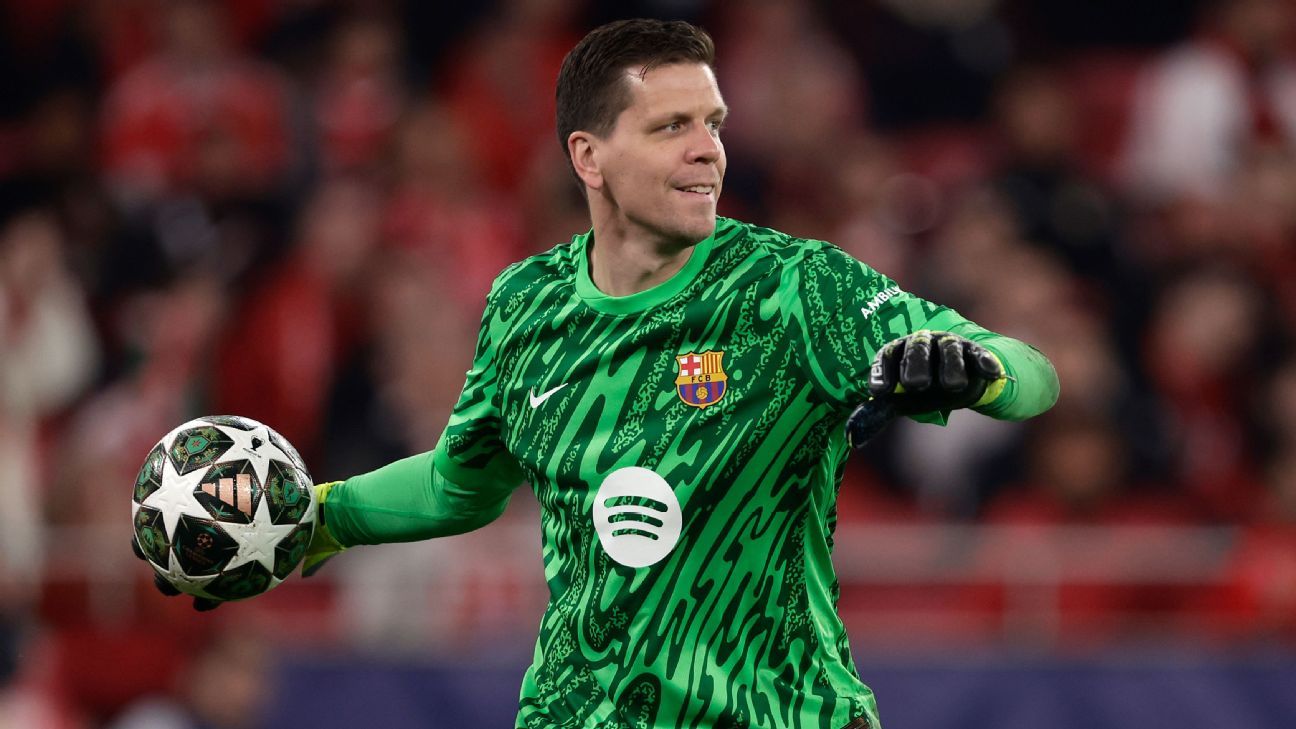
Should facilities be created with performance or participation in mind? And are traditional 400m ovals always vital?
When is a track not a track? It’s a question to which there was once only one answer. As a minimum you might assume a standard track should measure 400m, have lanes and be oval in shape.
However, convention is being challenged by England Athletics’ Facilities Strategy and the loftily-labelled Hierarchy of Facilities set out by UK Athletics which lauds the benefits of the running tracks and trails of irregular shapes and sizes which are cropping up around the country.
Within a one-mile radius of my home in Berkshire, three one or two-lane synthetic running trails have been installed in the playgrounds of local primary schools, while two miles away there are plans to replace an existing 400m cinder track with a proposed 300m synthetic surface. Further afield, a well-lit, synthetic two-lane 1km jogging loop with a six-lane straight, installed in a large field has recently been completed at Millom in Cumbria, while there are proposals for more “compact” athletics provision, defined by EA as the “new generation of affordable and sustainable satellite athletics facilities”, to be squeezed into small spaces.
Clearly, the quest to grow mass participation is a driving force behind the new wave of facilities. In its Athletics Unified strategy published just over a year ago, UK Athletics states that there are currently 225,000 registered athletes and 200,000 “group runners” participating in governing body-organised schemes such as RunTogether, JogScotland, RunWales and Run NI.
On top of these are the seven million social runners who participate in the sport twice a month, a cohort which almost certainly provides the biggest untapped market and the most likely route for UKA to meet its goal of amassing nine million regular participants in athletics or running by 2032.
Bringing more people into the sport, at whatever level, is important for its survival as much as its appeal, but are these new tracks and trails being installed at the expense of competitive facilities?
Ed Hunt, EA’s facilities and planning manager, says there are around 360 conventional outdoor athletics tracks in the UK, 73 per cent of which are synthetic and provide all-weather, year-round options.
He adds that UKA’s strategic position is to concentrate on preserving the existing stock of 400m tracks rather than seeking to build new ones. “Our standard approach is that we’ve got enough 400m tracks across the UK to service demand,” says Hunt, adding that the less conventional facilities exist to “plug the gaps” in participation needs.
Certainly, they serve a purpose. What they don’t solve is another crisis facing the sport. As new jogging trails spring up, so more 400m athletics tracks continue to fall into disrepair.
From the demise of Crystal Palace to situations faced at the likes of Parliament Hill track – home to the Night of the 10,000m PBs which is due to return in May – where there is a “real risk” of closure over insurance concerns without funding for repairs, to Tooting Bec, where a campaign spear-headed by ex-long jumper Jade Johnson has helped save the track, the situation facing many performance facilities is bleak.
“It costs up to one million pounds to build a new 400m track and they are not cheap to develop or maintain, with most needing some level of resurfacing every seven years or so,” says Hunt. “As an example, the Millom project cost around £200,000 because the price per square metre is much more favourable as it’s on a smaller scale.”
Millom’s track in Cumbria
But is this a false economy of sorts? If running trails slowly replace tracks, where will athletes train and compete? Many of the new trails and tracks, Millom included, state that “no spikes” should be worn on the surface.
Hunt argues that a 150m-300m track could be used for competition, although concedes it would be for more “innovative” meetings and says “you probably won’t get a competitive athlete racing on them”.
In the longer term, will a jogging facility provide the environment and impetus for social runners to progress into competitive club athletics? Hunt’s view is that they will provide a valuable crossover, particularly for younger athletes.
“It’s quite a scary thing when you are a very young athlete looking at a huge 400m track,” he says. “Smaller tracks are much more conducive to young athletes’ development.”
It doesn’t have to be a slippery slope, however. With careful planning, some of the new ventures might eventually morph into a track which meets performance as well as mass participation needs.
An example is the Stefen Hill Sports Ground in Daventry where, after eight years of having half a track – only a J-shaped 200m synthetic surface – work funded by Daventry District Council was recently completed so that the remaining 200m of old cinder surface was upgraded to a full synthetic 400m oval.
The athletics track at Stefen Hill Sports Ground in Daventry is now complete after 8 years of only half a facility. The redevelopment has secured a long-term future for the track which is now extended to a full 6-lane 400m synthetic surface! Read more: https://t.co/TFwzkDiik8 pic.twitter.com/HcRwRLyj6W
— England Athletics (@EnglandAthletic) November 8, 2021
This looks like being the exception rather than the rule, however, and the balance appears to
have tipped.
“We’re not just about performance,” says Hunt. “We’ve got enough tracks to service the competitive end of the sport and we are about much more than that.”















 Phone: (800) 737. 6040
Phone: (800) 737. 6040 Fax: (800) 825 5558
Fax: (800) 825 5558 Website:
Website:  Email:
Email: 






